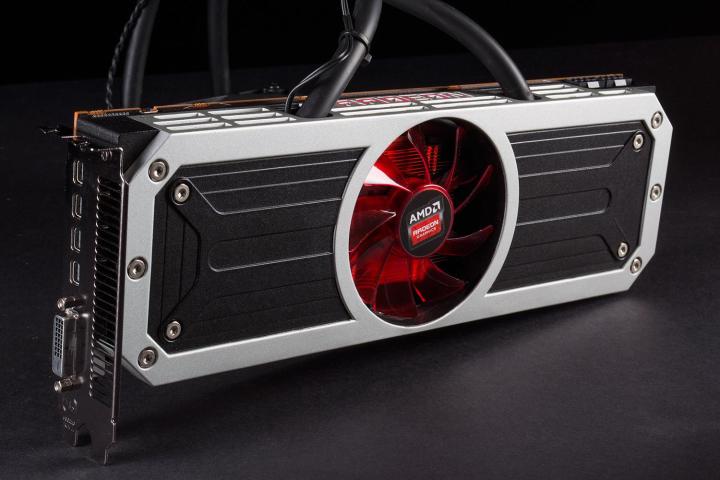
At long last, AMD has listened to the pleads of its user-base and implemented Crossfire support for FreeSync-enabled monitors. FreeSync is AMD’s answer to Nvidia’s G-Sync, which synchronizes the refresh rates of your display and your graphics card, a practice that can help eliminate screen tearing.
We’ve seen plenty of monitors with FreeSync support released over the past several months, but users on Crossfire multi-GPU setups haven’t been able to take advantage of the functionality. That changes with the release of this update, which is sure to please owner of rigs that will see technology made available for use thanks to these tweaks.
Another major focus of this update is AMD’s preparations for the launch of Windows 10 later this month. For the time being, Windows 10 support caters to the Technical Preview, but the patch notes specify that another update will bring this in line with the final release when Windows 10 officially launches on July 29.
Gamers working with less powerful systems also have good reason to grab this update, as it extends the reach of AMD’s Virtual Super Resolution and Frame Rate Target Control to some older pieces of hardware from the company’s back catalog. The former allows for a wider field of view and smoother edges, and the latter can offer some sizable advantages to performance, according to a report from PC World.
The new updates to AMD’s Catalyst 15.7 WHQL drivers are available now. Users can download the latest update via the Catalyst Control Center.
Editors' Recommendations
- AMD is finally taking FreeSync to the next level
- Gigabyte releases a strange driver for AMD Ryzen 7 5800X3D
- AMD’s CPU market share hits 15-year high, cuts into Intel’s lead
- AMD’s driver update improves GPU performance in 4K
- How to enable FreeSync on PC



